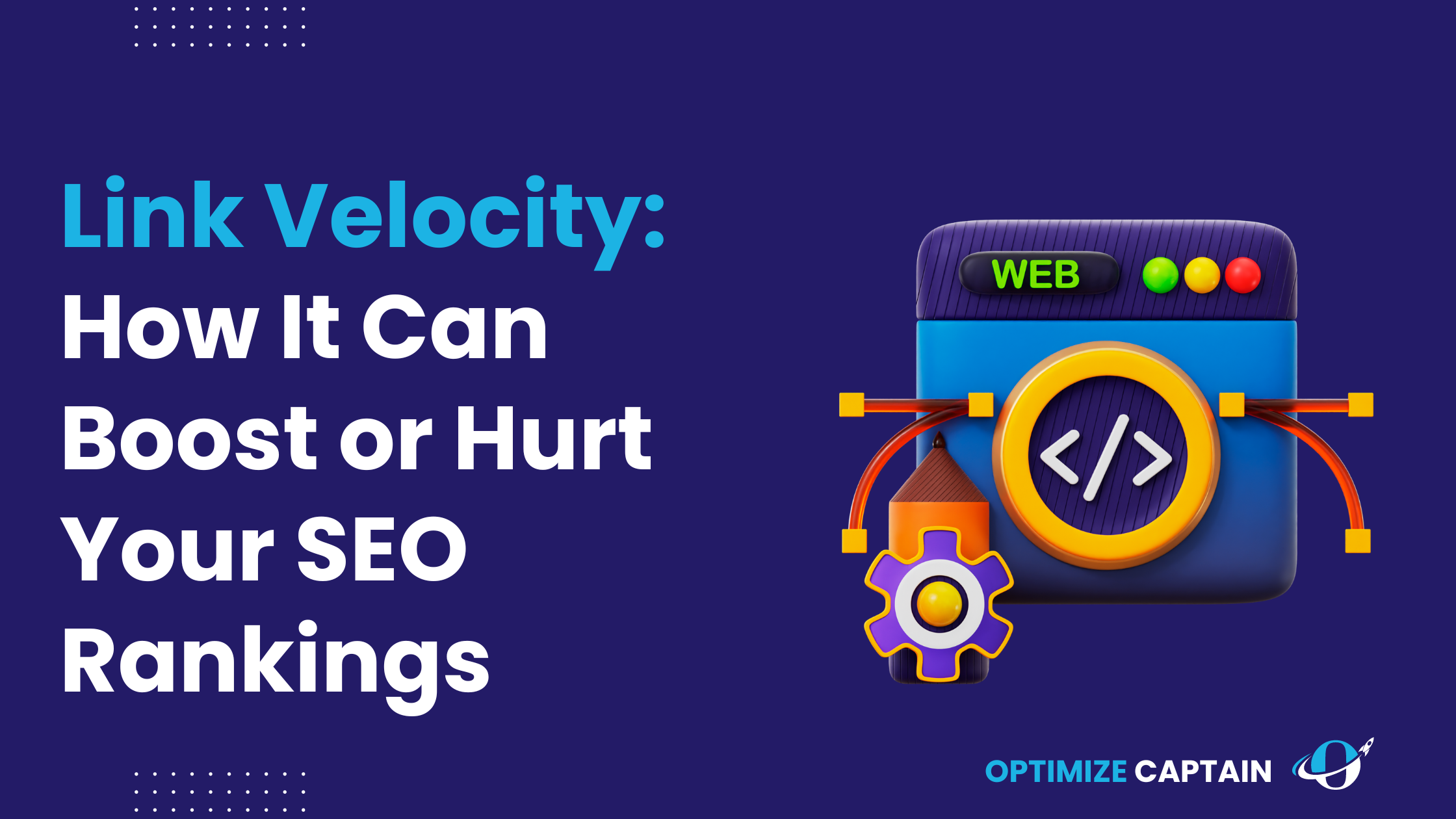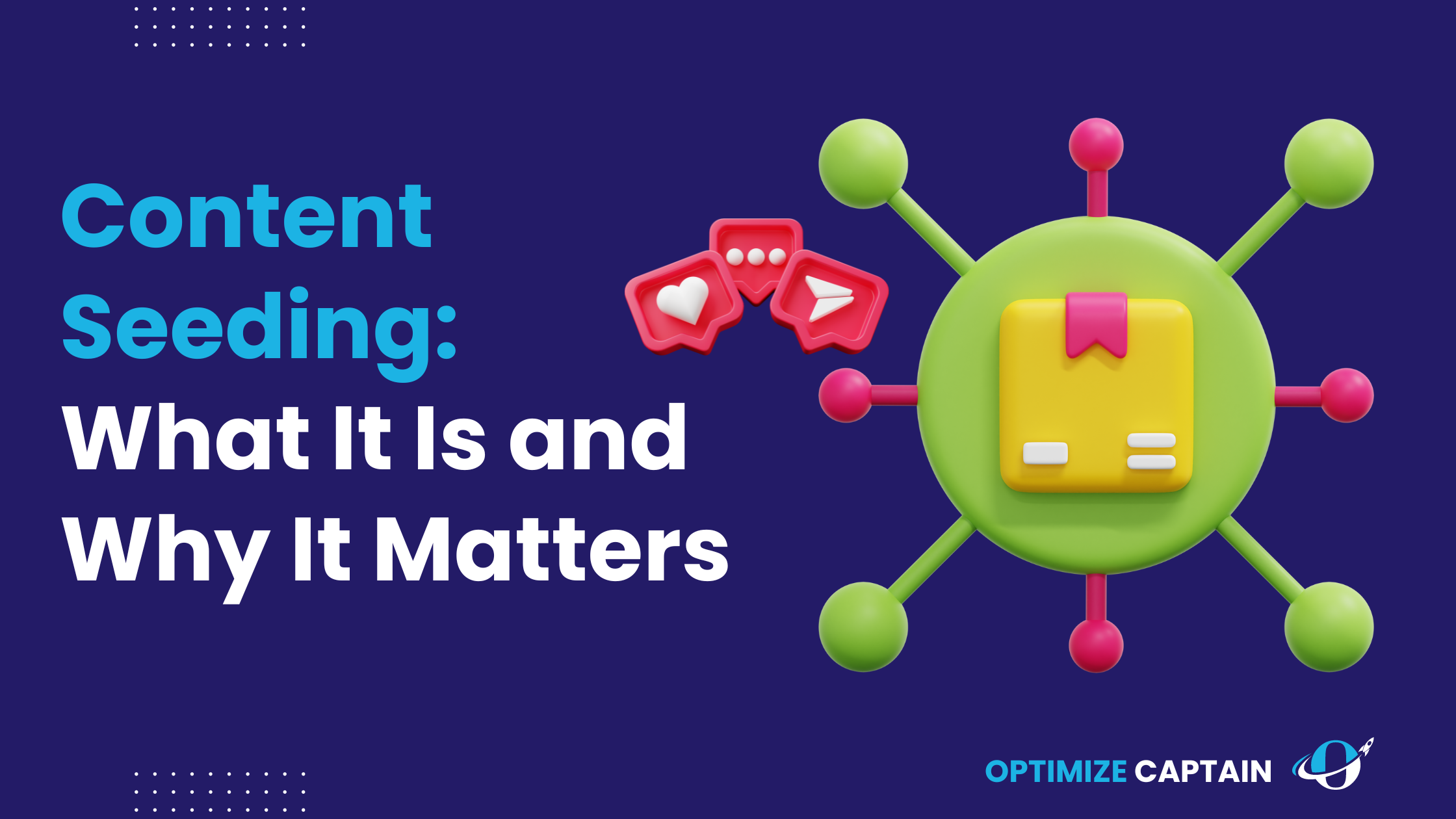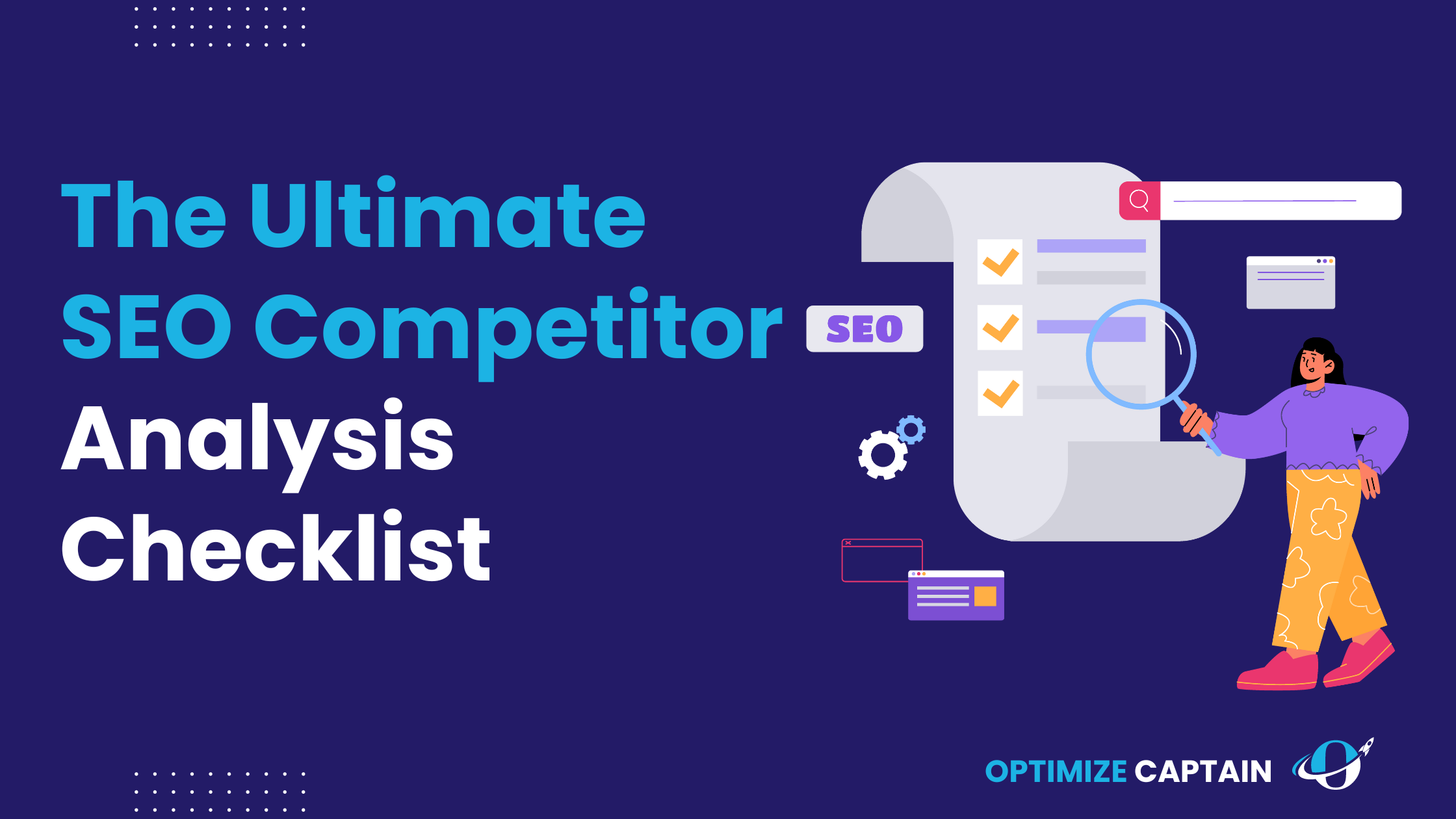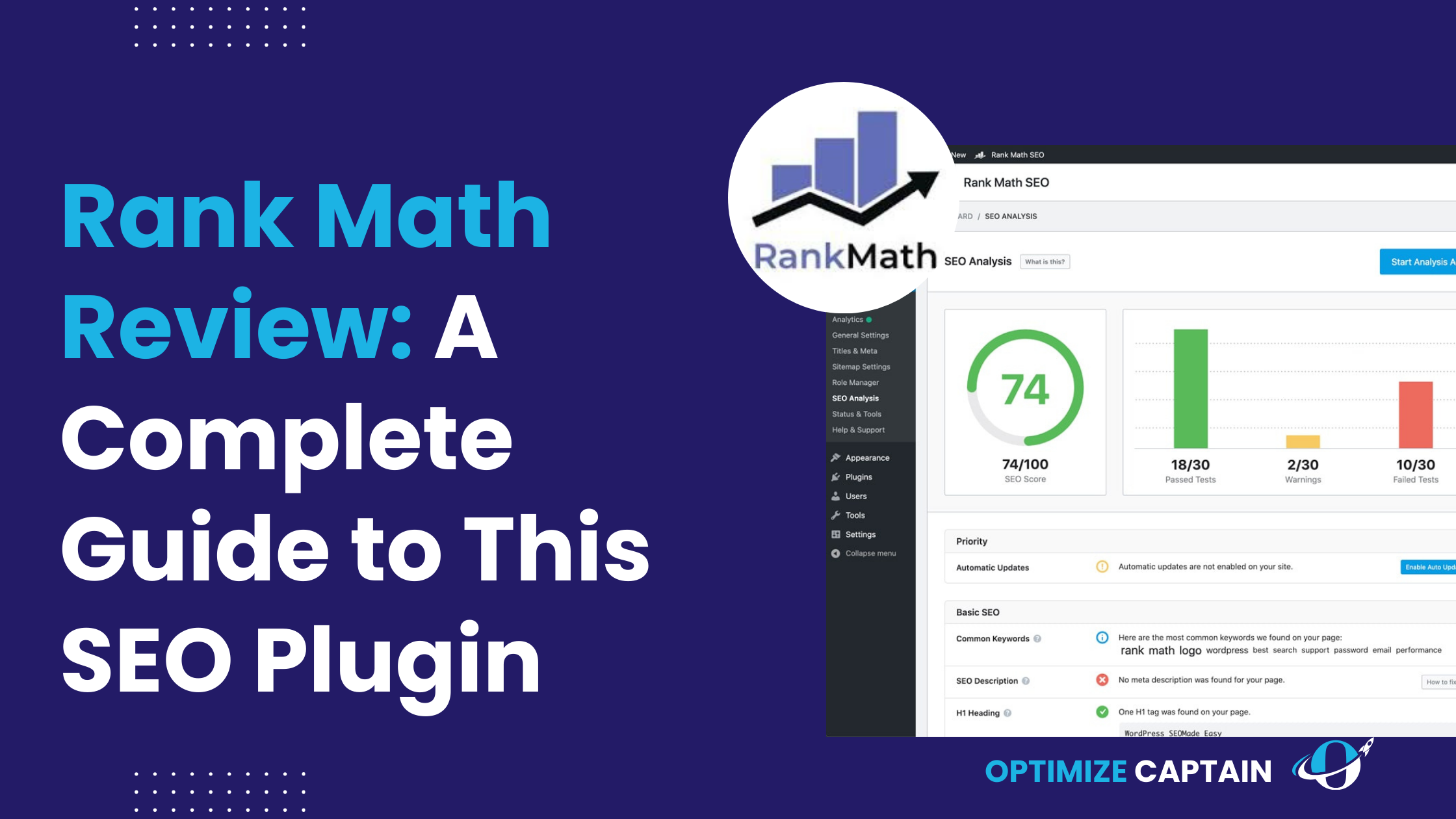Link velocity refers to the rate at which a website gains or loses backlinks over a specific period. Think of it as a timeline for your website’s backlink activity—how fast new links appear and how many disappear. This metric isn’t just about the quantity of links but how quickly they are acquired. For example, if a site gains 100 new backlinks over a month and loses 20 in the same period, the net link velocity is 80 links per month.
In simple terms, link velocity helps search engines gauge the natural growth of a site’s link profile. Websites that gain links consistently over time are viewed as more authoritative and relevant than those with sudden spikes or drops. It’s like the steady growth of a plant versus a sudden growth spurt—search engines, like Google, prefer steady and consistent growth because it looks natural and organic.
In this article, we’ll explore everything you need to know about link velocity, from understanding its impact on your SaaS SEO strategy to how you can measure and optimize it for long-term success.
Understanding Link Velocity
What is Link Velocity?
At its core, link velocity measures the pace at which a website acquires or loses links. This isn’t merely a reflection of the total number of links but rather how these links accumulate or decline over time. To break it down further, it can be considered as the “momentum” of your link-building efforts.
Link Velocity Formula
The formula for calculating link velocity provides a practical way to quantify how links are changing over time. Here’s a simplified formula to calculate it:
Link Velocity = (New Backlinks – Lost Backlinks) / Time Period
This formula helps determine whether your link-building efforts are on a positive trajectory or if there’s cause for concern. Let’s break down the formula:
- New Backlinks: These are the fresh links pointing to your site over a specific time frame, such as a month.
- Lost Backlinks: These are the links that have been removed or become inactive during the same period.
- Time Period: This could be a week, month, or year, depending on the scope of your analysis.
A positive value indicates a growing link profile, suggesting that more links are being added than lost. Conversely, a negative value would signal a decline in link-building efforts, meaning more links are being lost than gained.
What Is Good and Bad Link Velocity?
Good Link Velocity: A good link velocity is characterized by a gradual and consistent increase in the number of backlinks. Imagine you are building links slowly but steadily, gaining about 10 to 20 new backlinks each week. Such growth appears natural to search engines, as it reflects genuine interest in your content. A steady rate of link acquisition helps establish your website as an authoritative source over time without raising any red flags.
For example, a site that publishes high-quality content regularly, earning links through organic mentions, will likely have a good link velocity. This type of growth pattern is typical of websites that rely on content marketing and consistent guest posting as part of their link-building strategy.
Bad Link Velocity: On the other hand, bad link velocity refers to a sudden surge or decline in the number of backlinks pointing to a website. If a site gains 500 new links within a week after months of low or no link growth, this can be perceived as unnatural. Such sudden bursts could be interpreted as manipulative tactics, such as buying links or engaging in link farms. Search engines like Google are likely to penalize sites exhibiting such patterns, either by lowering their rankings or applying manual penalties.
Negative link velocity is a similar concern, where a site abruptly starts losing a large number of links. This could be due to various reasons, such as link removals, penalties, or shifts in site relevance. Both scenarios—extremely high or low link velocity—can harm a website’s SEO health.
Website owners can aim for a balanced approach that supports long-term growth without risking penalties by understanding what constitutes good and bad link velocity.
The Science Behind Link Velocity
How Search Engines Measure Link Velocity
Search engines like Google use link velocity as a signal to assess the authenticity of a website’s link growth. They look for patterns in how quickly or slowly links are acquired, alongside other factors like link diversity and the credibility of linking domains. A consistent pattern of link growth is seen as a positive indicator, suggesting genuine popularity.
However, sudden spikes in new links can signal manipulative practices, triggering algorithmic scrutiny. Conversely, a steady decline in link acquisition could indicate a drop in content quality or relevance. Thus, maintaining a balanced link velocity ensures your website remains in good standing with search engine algorithms.
Link Velocity vs. Backlink Growth Rate
Link velocity and backlink growth rate are closely related but not the same. While link velocity measures how fast links are gained or lost, the backlink growth rate focuses on the total increase or decrease of backlinks over time. Think of link velocity as the pace of change and the backlink growth rate as the overall change.
Both metrics are important for an effective link-building strategy. A healthy growth rate ensures your site builds authority, while a balanced link velocity ensures this growth appears natural. Using both together allows for a well-rounded assessment of your backlink profile.
Natural Link Velocity vs. Artificial Link Velocity
Natural Link Velocity:
This occurs when links are gained organically, typically through quality content, outreach, and social sharing. The link growth happens gradually, reflecting genuine interest from other websites. For example, if your site gains backlinks each time you publish insightful content, it suggests a natural link velocity.
Artificial Link Velocity:
Artificial link velocity results from manipulative tactics, like purchasing links or mass link-building campaigns, leading to sudden link spikes. This rapid accumulation of links can appear suspicious to search engines and may result in penalties. Maintaining a natural link-building pace helps ensure long-term SEO stability.
Measuring Link Velocity in SEO
Tools for Monitoring Link Velocity
Monitoring link velocity is crucial for understanding how your backlink profile evolves. Several tools can help you track these changes effectively:
- Ahrefs: Offers detailed insights into new and lost backlinks, allowing you to track link velocity over different time frames.
- SEMrush: Provides reports on backlink trends, helping you identify any unusual link acquisition patterns.
- LinkResearchTools: Designed for more advanced users, it helps analyze link velocity alongside other link metrics for a comprehensive view.
These tools help you keep an eye on your link-building efforts, ensuring that your growth remains steady and natural.
Key Metrics to Track
When monitoring link velocity, certain metrics offer a clearer picture of your link-building progress:
- New Links Per Month: Tracks the number of fresh backlinks acquired each month.
- Lost Links Ratio: Monitors the number of links that become inactive over time.
- Diversity of Link Sources: Ensures that links come from a variety of domains, which signals a more natural link profile.
Tracking these metrics helps you maintain a balanced approach and adjust your strategy as needed.
How to Interpret Link Velocity Data
Analyzing link velocity trends is essential for adapting your SEO strategy:
- Steady Growth: Indicates a healthy link-building approach.
- Sudden Spikes: May require investigation to ensure no unnatural link-building tactics are being used.
- Gradual Decline: Suggests a need to refresh content or engage in new outreach efforts to regain momentum.
By interpreting these trends, you can fine-tune your strategy and ensure sustained, healthy growth.
Link Velocity and Algorithmic Penalties
How Google Treats Unnatural Link Velocity
Google’s algorithms are designed to detect patterns in link-building. When a website’s link velocity changes drastically—such as a surge in backlinks over a short period—it can raise red flags. These changes might signal black hat tactics, prompting Google to issue penalties or devalue those links. To avoid this, it’s essential to focus on gradual and steady link-building.
Negative SEO and Link Velocity
Negative SEO involves attempts by competitors to harm your website’s ranking by creating unnatural spikes in link velocity. For example, if thousands of low-quality links point to your site suddenly, it could trigger a penalty. Monitoring your backlink profile regularly can help you detect such attempts early. Using the disavow tool can protect your site from being penalized for these harmful links.
Recovery from Link Velocity Penalties
If your site faces a penalty due to unnatural link velocity, there are steps you can take to recover:
- Audit Your Backlinks: Identify suspicious links and remove or disavow them.
- Focus on High-Quality Content: Create content that naturally attracts links over time.
- Rebuild Trust: Engage in organic link-building methods like guest posting and digital PR to regain your site’s reputation.
Recovery can take time, but maintaining a focus on quality and consistency will help you regain search engine trust.
Advanced Strategies for Managing Link Velocity
Using Data to Plan Your Link Building Campaigns
Analyzing historical link velocity data can help you plan future campaigns. By understanding the pace of past growth, you can set realistic targets for new link acquisition. For example, if your website has consistently gained 50 links per month, aim for a similar or slightly higher rate, ensuring that new links come from reputable sources.
Balancing Link Velocity with Content Creation
Content plays a critical role in link-building. Creating valuable, shareable content like in-depth guides, infographics, or case studies can attract a steady stream of backlinks. This approach ensures that your link velocity aligns with the natural engagement your content generates, avoiding any sudden, suspicious spikes.
Adapting Link Velocity for Different Types of Websites
The ideal link velocity varies depending on your website type. For instance:
- E-commerce Sites: Benefit from consistent links to product pages through reviews and partnerships.
- SaaS Companies: Should focus on thought leadership content to attract steady links.
- Local Businesses: Can leverage community engagement and local press to gain natural backlinks.
Tailoring your strategy to your website type helps ensure that your link velocity aligns with industry norms.
Conclusion:
Link velocity is a crucial but often overlooked aspect of SEO. By maintaining a steady rate of link growth, website owners can ensure a healthy high quality backlink profile that signals trust and authority to search engines. The key is balance—focus on earning links naturally, monitoring your growth, and adjusting your strategy as needed. With the right approach, link velocity can be a powerful tool in your SEO strategy, helping your website achieve sustained visibility and success.
Frequently Asked Questions about Link Velocity
1. What Is a Good Link Velocity for My Website?
A good link velocity varies depending on factors like website age and industry. For newer sites, adding a few quality links each week is ideal. For established sites, the focus should be on maintaining consistency in link acquisition without large fluctuations.
2. Can Slow Link Velocity Harm My Rankings?
While a gradual link velocity is preferred, extremely slow or stagnant growth can affect rankings over time. It may suggest that your content is no longer relevant or engaging. Refreshing existing content and pursuing outreach can help rejuvenate link growth.
3. How to Avoid Google Penalties When Increasing Link Velocity?
Focus on earning links through high-quality content, genuine outreach, and partnerships. Avoid buying links or engaging in link schemes. A steady, consistent approach will ensure that your link velocity remains natural and penalty-free.




